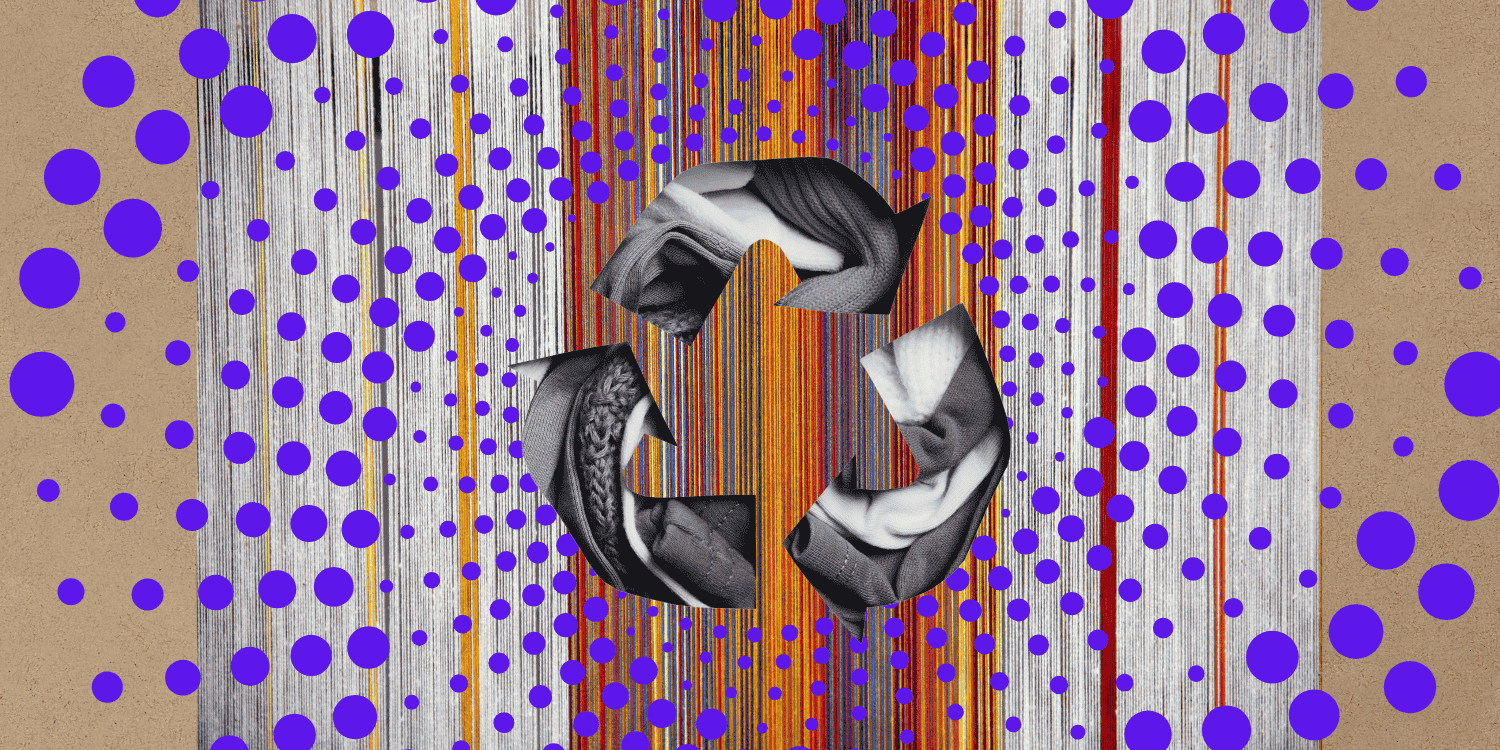Context
Since its introduction in 2010, the Aadhaar card has served as the primary source of identification and the means to access public and welfare services — such as ration, KYC, bank accounts, etc. — provided by the government. Publicised as the most reliable authentication of someone’s identity, the Aadhaar card is the most extensive identification mechanism in the world, accounting for biographic, physiological, and biometric data including fingerprints, facial scans, and iris scans. As of 2 June 2021, 99% of the adult Indian population or 1,293,517,381 people hold a registered Aadhaar number (Thales 2021).
This number includes Persons with Disabilities [PwD], meriting the question: how responsive is the current framework towards those who might find accessing the services mentioned above difficult. According to the 2011 Census, over 2.21% of the Indian population consists of PwDs, of which 8% have multiple disabilities (Ministry of Statistics and Programme Implementation 2021: 219, 226). The current biometric framework leaves a massive gap in addressing the issue of accessibility for people with multiple disabilities. With ten fingerprints and two retina scans as the sole characteristics meant for recording personalised data, those who suffer from multiple disabilities remain untouched by the Aadhaar framework, and by extension, the larger ambit of public services linked with the possession of an Aadhaar card. Moreover, obtaining a medical certificate affirming disability — that is mandated to be linked to one’s Aadhaar number — is also a tedious process. Availing a medical certificate requires thorough examination, and the certificate must be renewed at prescribed intervals in consonance with the identified disability.
Figure 1: Persons with Disability by Type of Disability

This piece looks at ableism within the public services framework by critically analysing the use of biometric technology in recording data for Aadhaar cards and examining the website design of CoWin, the web portal for the registration of COVID-19 vaccination. The central analysis measures the degree of accessibility the public services framework ensures for PwD, the shortcomings within the Aadhaar and CoWin frameworks, and the possibility of remedying these pitfalls.
Shortcomings of Biometric Technology and CoWin Website Design
Clause 5 under the second chapter of the Aadhaar (Targeted Delivery of Financial and Other Subsidies, Benefits and Services) Act (2016) states that the “authority” shall take special measures to provide Aadhaar numbers to persons with disabilities. The foremost step requests linking one’s Aadhaar card to their Unique Disability ID [UDID] meant to “not only encourage transparency, efficiency and ease of delivering the government benefits to the person with disabilities, but also ensure uniformity” (Department of Empowerment of Persons with Disability n.d.). However, linking the Aadhaar card with one’s UDID does not serve much purpose beyond escaping long government service queues, which is also subject to whether or not government officials on-site are trained for and aware of any special provisions for PwDs. Hence, the Aadhaar Act does not provide concrete solutions or provision of services to people with disabilities, especially with respect to the use of biometric technology.






